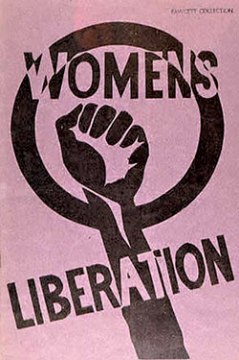Dandyism
Firstly to define the word Dandy – ”A man unduly devoted to style, neatness, and fashion in dress and appearance”.
How does this relate to Dorian Gray?
In ‘The Picture of Dorian Gray’ there is a character called Lord Henry and he is notably a ‘Dandy’. He seems to believe that good looks and fine clothes are more important in life than morals.
“Eternal youth, infinite passion, pleasures subtle and secret, wild joys and wilder sins — he was to have all these things. The portrait was to bear the burden of his shame: that was all. “
Dorian’s view of life was dramatically changed. However, before listening to Lord Henry’s eloquent persuasion, Dorian thought that “the portrait that Basil Hallward had painted of him would be a guide to him through life, would be to him what holiness is to some, and conscience to others, and the fear of God to us all”. Now however, convinced by Lord Henry’s opinion, Dorian now is slowly being transformed to think like Lord Henry and thus become a Dandy caring only for his physical appearance.
The Aesthetic Movement
Around the time of the Victorian Era during which Oscar Wilde was at the peak of his career, the Aesthetic Movement was a very popular social attitude which was formed in opposition to traditional Victorian values. The Aesthetic Movement believed that art in various forms should not seek to convey a moral, sentimental or educational message but should give sensual pleasure.
In Britain, Oscar Wilde is very famous for one of the best representatives of the aesthetes. Oscar Wilde’s aestheticism can be seen in the preface, themes, plots, conflicts and the symbolic meaning of the characters. He believes that art represents nothing but itself.
At the heart of the aestheticism movement was the belief that art should not have no purpose other than to be beautiful. Throughout the preface in ‘The Picture of Dorian Gray’, Wilde delves even deeper into this stance by stating, ”No artist desires to prove anything,”. In this preface, Wilde wastes no time in making his views and opinions very clear to the readers, and his view continues to be clear throughout the novel and also in the actions and words of the characters.
William Morris (24 March 1834 – 3 October 1896)

William Morris, the son of a successful businessman, was an English textile designer, artist, writer, and libertarian Marxist associated with the Pre-Raphaelite Brotherhood and English Arts and Crafts Movement. As an author, illustrator and medievalist, he helped to establish the modern fantasy genre, and was a direct influence on postwar authors such as J. R. R. Tolkien.
Morris wrote and published poetry, fiction, and translations of ancient and medieval texts throughout his life. His best-known works include ‘The Defence of Guenevere and Other Poems’, ‘The Earthly Paradise’ and the fantasy romance ‘The Well at the World’s End’.
W. B. Yeats has pointed out: “No man I have ever known was so well loved. He was looked up to as to some worshiped medieval king. People loved him as children are loved. I soon discovered his spontaneity and joy and made him my chief of men.”


